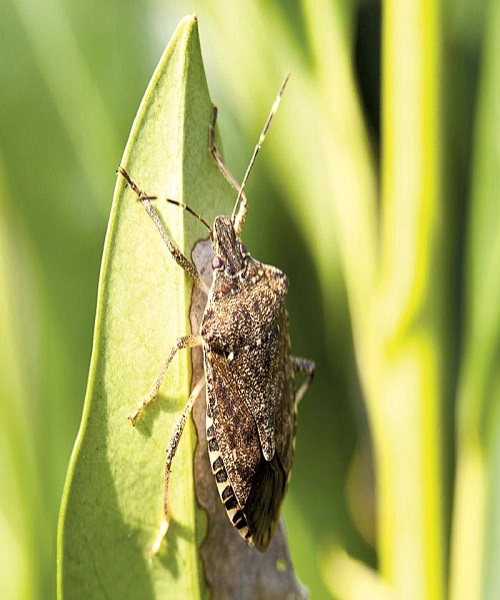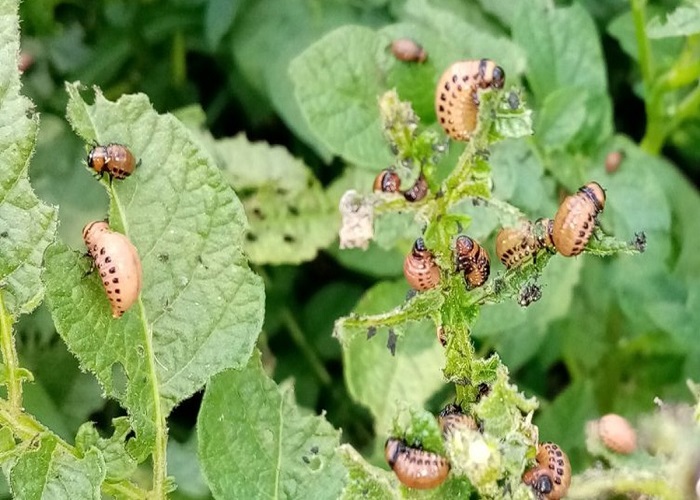Vegetables aren’t the only thing that can be found in large quantities in late-season gardens. Insect pests often cause the most damage immediately before harvest, when produce is at its most delicious.
As the summer progresses, several generations of pests emerge, putting an increased strain on gardens by autumn. You can prepare for the threat posed by these pests by knowing what to look for, and you can still reap your rewards on time if you start early enough.
Aphids
Lady beetles and lacewings are two examples of beneficial insects that can combat an aphid infestation. However, in late summer, when the weather is ideal for these insects, aphid populations can skyrocket.
These tiny, pear-shaped insects with soft bodies puncture plant portions and drain their fluids, producing honeydew and fostering the growth of sooty mold.
Aphids have live, famished offspring. Between 7 and 10 days after birth, these infants reach sexual maturity. As the weather gets cooler, aphid damage increases. By fall, their swarming numbers might destroy not only the roses but also every vegetable in your yard.

Cabbage Loopers
These caterpillars love to munch on the leaves of cabbage, kale, and bok choy, but they aren’t picky eaters and will eat any plant in the cabbage family. They will destroy anything in their path, including tomatoes, cucumbers, and potatoes.
From white- to pale-green with whitish streaks, cabbage loopers arch like inchworms as they chew their way through your vegetables. Their damage to leaves and cabbage heads will prevent you from making your own sauerkraut.
Since looper populations cycle through multiple generations per season, they are at their highest in the fall. In places with moderate weather, reproduction happens all year long.
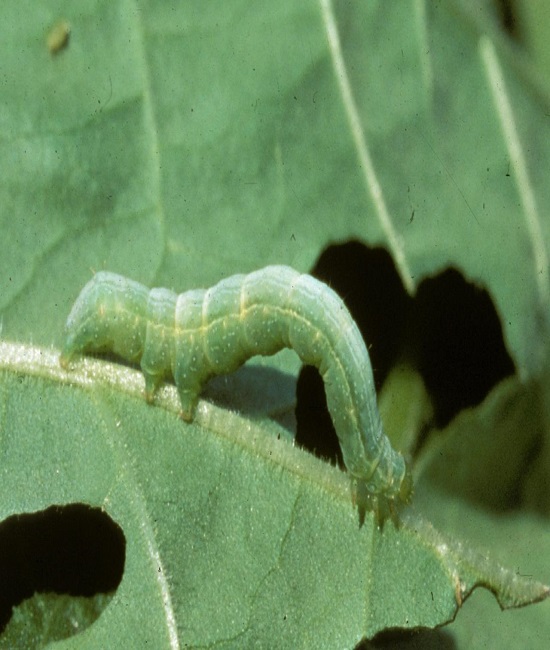
Colorado potato
Colorado potato beetle is a major pest of fall vegetable gardens, wreaking havoc on potatoes and related crops including tomatoes and eggplants. Defoliating red larvae with black spots and adult yellow moths with black stripes stunt the development of potato tubers. After emerging from the ground, female Colorado potato beetles deposit anywhere from 100 to 350 eggs. Due to the pest’s ability to reproduce rapidly, late-season gardens may be attacked by all of its life stages at once.
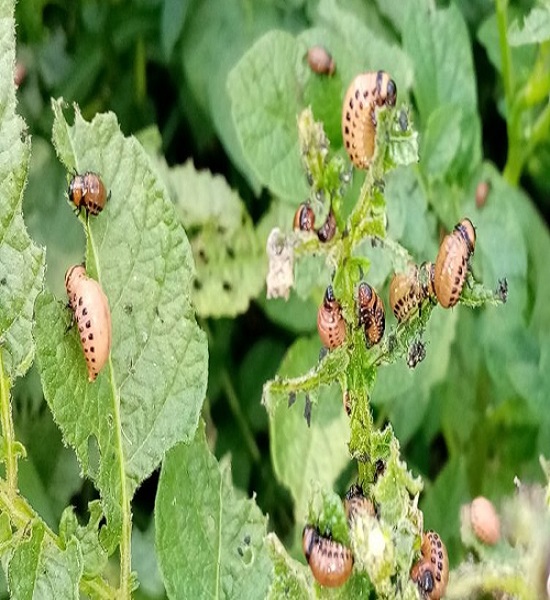
The Corn Earworm (aka Tomato Fruitworms)
The same worm that may be found wriggling inside of sweet corn ears is also responsible for tunneling into ripe tomatoes. Common names for this insect come from the plants it most frequently attacks: corn earworm and tomato fruitworm.
This insect, identified by its distinctive pattern of dark and light tan stripes, multiplies rapidly during the summer months. Four of the most vulnerable harvests are the year’s last corn and tomato harvests.
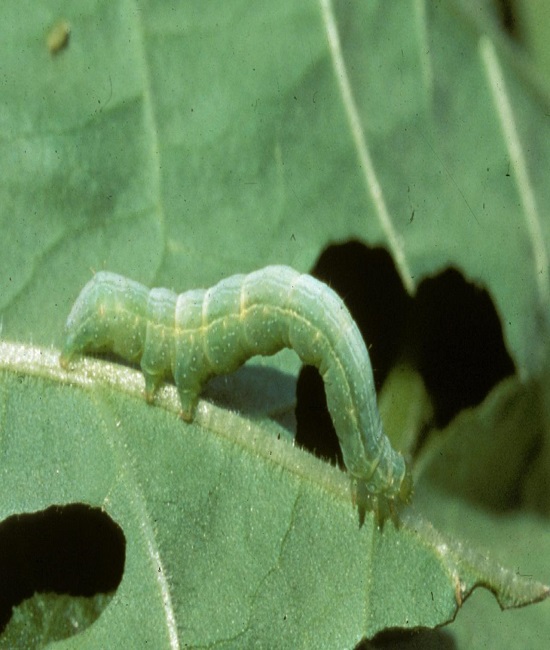
Cucumber Beetles
Spotted and striped cucumber beetles are equally destructive, feasting on melons, cucumbers, eggplants, beans, and other plants both as larvae and adults.
Pests such as this overwinter in weedy areas, where they also lay eggs in the soil. The newly hatched larvae can spend up to six weeks sucking the lifeblood out of your garden’s roots.
Adult beetles cause damage above ground as they mature from underground larvae and create multiple generations per growing season. The root, stem, leaf, blossom, and skin of cucumber are all vulnerable to attack from cucumber bugs.
They can also be vectors for the spread of bacterial and viral diseases among plants. The removal of weeds is an effective means of avoiding further issues.
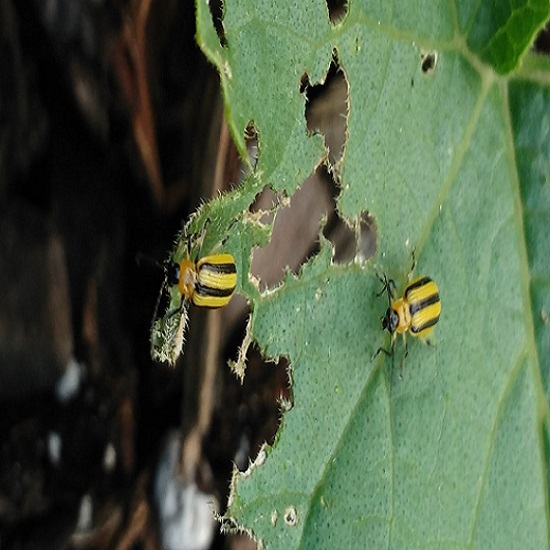
Cutworms
The telltale signs of a cutworm infestation are wilted vegetables and broken stems. Fall plantings are especially at risk, as are late-season seedlings and transplants. These sneaky bugs hide underground throughout the day and only emerge at night or during overcast weather. They are harmful to many plants, including cabbage, carrots, lettuce, and peppers.
Each season, a single adult can produce hundreds of eggs. While three generations each year is typical in the north, numerous more may be produced in a southern garden. As cutworm larvae overwinter in the soil, tilling your garden in the fall and spring can help minimize their survival.
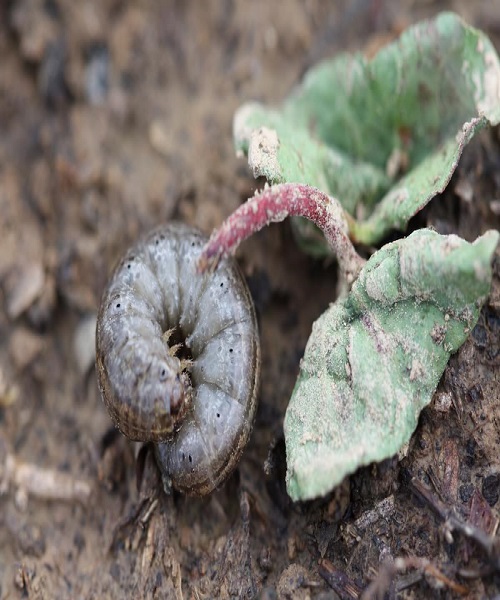
Stink Bugs
Homeowners and gardeners alike dread the arrival of this insect in the fall because of the unpleasant odor it produces. Late-season vegetables, from cabbage and peas to beans and okra, are all vulnerable to damage from the many types of stink bugs.
Throughout their development, young insects go through a number of morphing stages before finally settling on a brown or green coloration. The foul odor and shield-like form are shared by all colors. Good garden cleanliness is essential for eradicating stink bugs, which frequent untidy garden borders. These insects may live for a long time and reproduce indoors, making winter a particularly bad time to deal with them.
Late-season gardens can’t restore lost crops. Effective fall pest management includes keeping your harvest edible. You may safeguard your crops using an anti-insect spray.
When late-season pests endanger your harvest, use Sevin and GardenTech pesticides. Control late-season pests, enjoy sun-ripened vegetables on time, and rest easy knowing your garden’s treasure is protected.
Always read product labels and follow instructions, including guidelines for specified plants and pests, application frequency, and PHI for edible crops.
